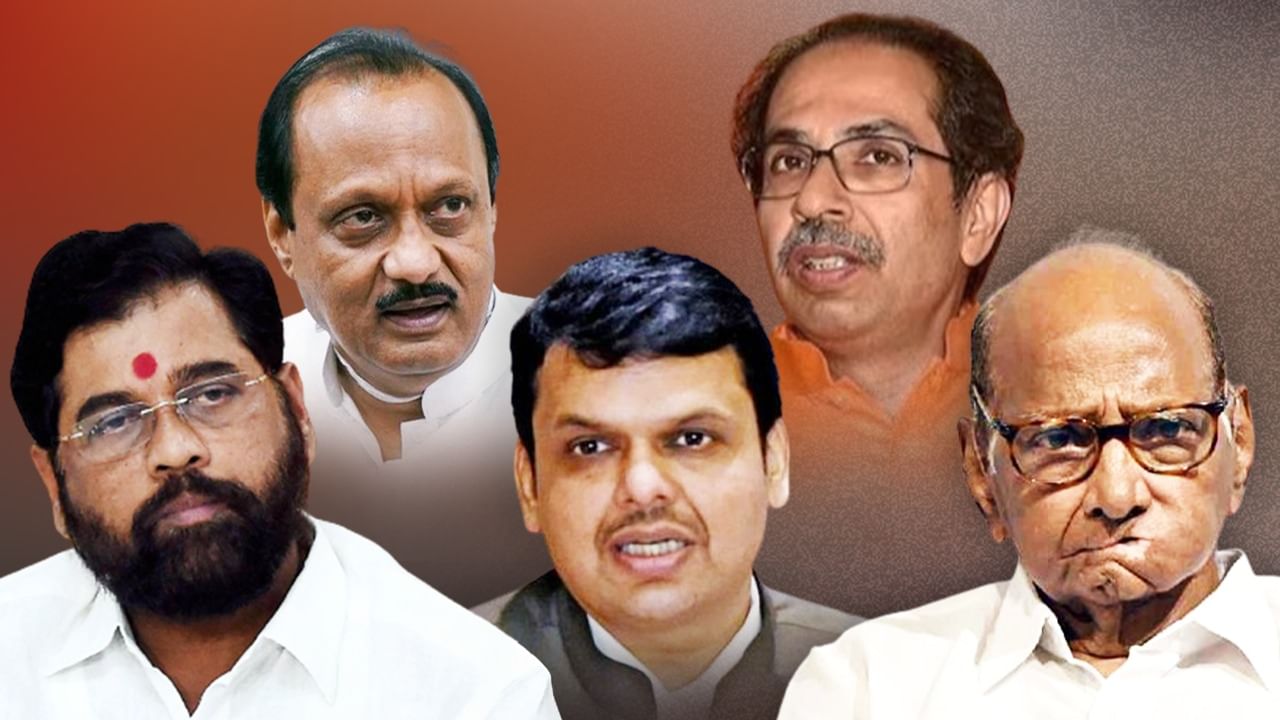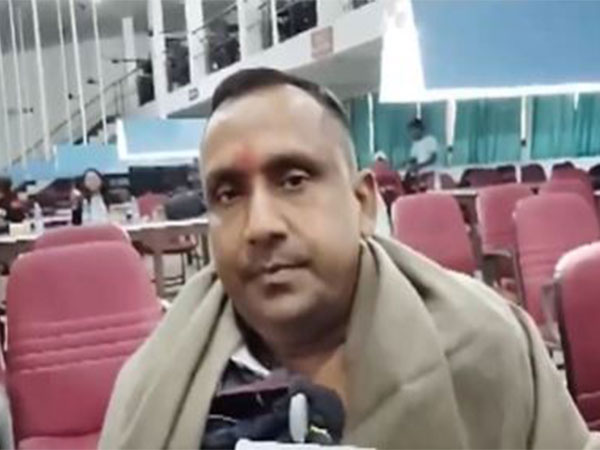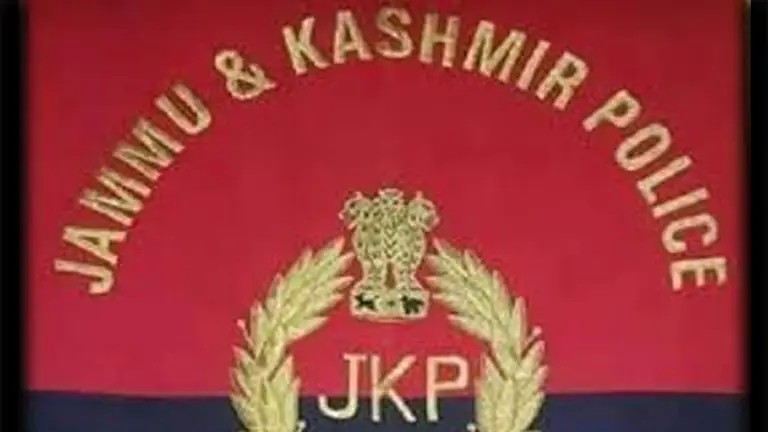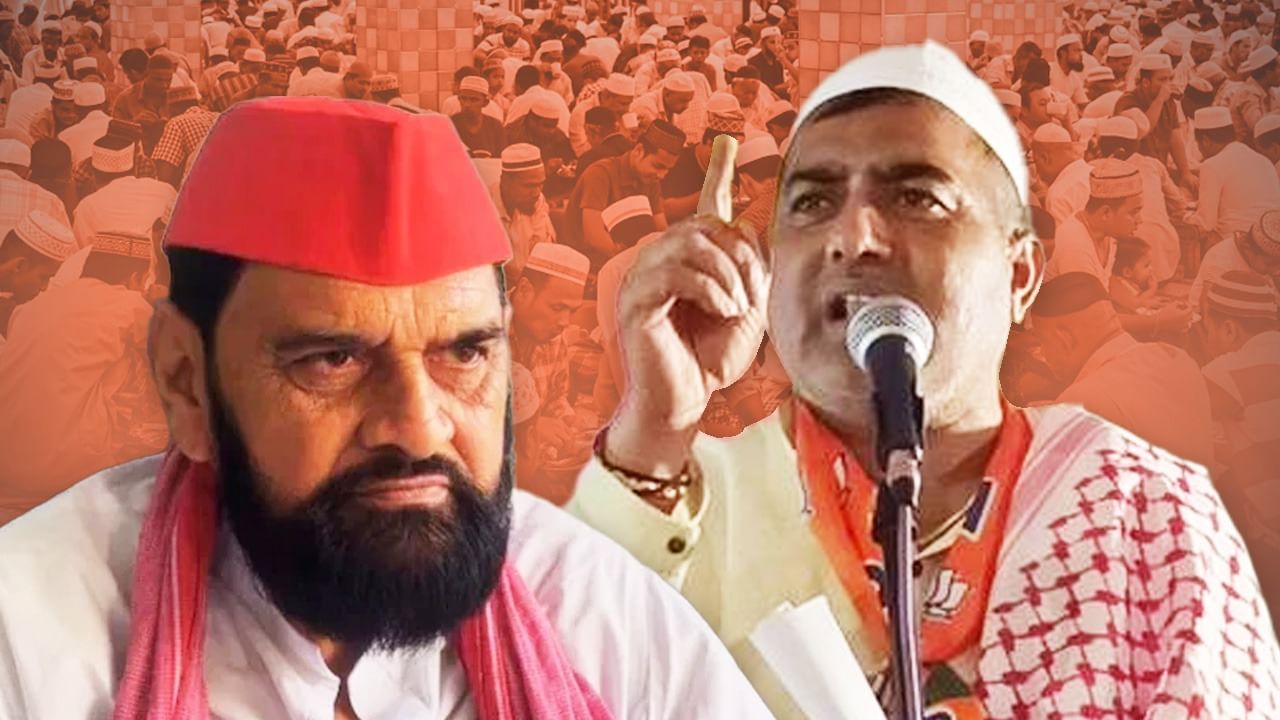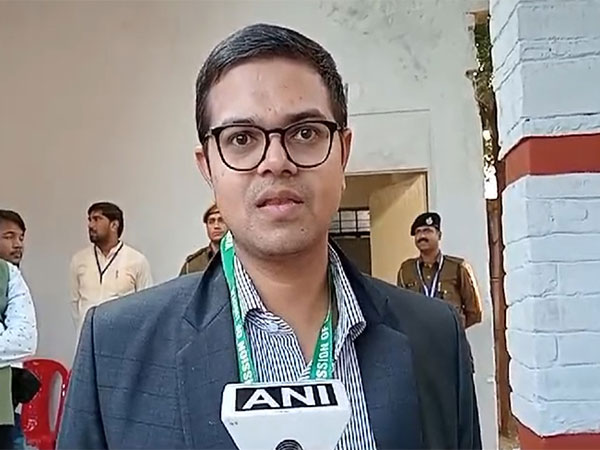Voting took place on all 288 seats of Maharashtra Assembly elections. In this, the fate of 4136 candidates has been sealed in EVM. With the end of voting on Wednesday, all the exit polls have shown the possibility of BJP-led Mahayuti forming the government, while Mahavikas Aghadi has been said to be far from majority.
However, the final results of Maharashtra elections will come on Saturday, only after which the real picture will be clear. The voting trend of Maharashtra elections is telling a different story. There was more enthusiasm among the voters of the state than last time. Voting in 288 assembly seats was 65.11 percent whereas in the 2019 assembly elections, voting was 61.4 percent. Will the four percent increase in voting in Maharashtra since the last election spoil the game of Mahayuti or will it spoil the chances of Maha Vikas Aghadi returning to power?
According to the figures received late last night for Maharashtra Assembly elections, 65.11 percent voting took place. The highest turnout in the state was in Kolhapur at 76.25 percent while the lowest turnout was in Mumbai City at 52.07 percent. In the political history of Maharashtra, voting has crossed 65 percent only twice. In the 1995 assembly elections, voting was 71.69 percent and in 2024, voting was 65.11 percent.
| districts | 2019 | 2024 |
| Ahmednagar | 61.21 | 71.73 |
| Akola | 68.27 | 64.98 |
| Amravati | 68.26 | 65.57 |
| Aurangabad | 64.83 | 68.89 |
| bead | 61.00 | 67.79 |
| Bhandara | 67.18 | 69.42 |
| to raise | 69.18 | 70.32 |
| Chandrapur | 66.65 | 71.27 |
| washed | 70.34 | 64.70 |
| Gadchiroli | 66.83 | 73.68 |
| Gondia | 67.09 | 69.53 |
| Hingoli | 66.01 | 71.10 |
| Jalgaon | 69.77 | 64.42 |
| Burn | 65.01 | 72.30 |
| Kolhapur | 48.22 | 76.25 |
| Latur | 60.88 | 66.92 |
| mumbai city | 62.18 | 52.07 |
| mumbai suburb | 62.19 | 55.70 |
| Nagpur | 67.34 | 60.49 |
| Nanded | 66.03 | 64.92 |
| Nandurbar | 74.45 | 69.15 |
| Nashik | 64.14 | 67.57 |
| Dharashiv | 58.98 | 64.27 |
| Palghar | 62.91 | 65.95 |
| Parbhani | 65.42 | 70.38 |
| Pune | 61.33 | 61.05 |
| Raigarh | 62.08 | 67.23 |
| Ratnagiri | 57.39 | 64.65 |
| Sangli | 48.03 | 71.89 |
| Satara | 57.85 | 71.71 |
| Sindhudurg | 51.28 | 68.40 |
| Solapur | 58.08 | 67.36 |
| Thane | 62.4 | 56.05 |
| Wardha | 67.77 | 68.30 |
| Washim | 68.27 | 66.01 |
| Yavatmal | 66.55 | 69.02 |
Understand the real game of Maharashtra from voting trend
If we look at the trend of voting in Maharashtra Assembly elections, there was bumper voting in the districts of Marathwada region while there was less voting in Mumbai region. In Kolhapur, voting was 26 percent more than in the previous elections. 7 percent more voting took place in Jalana, which was the center of Maratha reservation movement, where Manoj Jarange was sitting on dharna. In such a situation, it is clearly evident that the areas where the Maratha reservation movement dominated, there was heavy voting. In Wardha area, voting was seen similar to last time.
If we look at the voting trend of Maharashtra, there was 63 percent voting in the elections in 2014 whereas in 2009, 59 percent people had voted. If we talk about 2004, at that time 63 percent votes were cast. This clearly shows that only around 60 percent voting has been taking place in Maharashtra. Most of the time in these elections, the government has been formed under the leadership of BJP and Shiv Sena.
In 2009, power changed due to 4% increase in voting.
Maharashtra’s governance changed due to four percent increase in voting in the 2014 elections as compared to the 2009 elections. BJP had emerged as the largest party and had won more than a hundred seats for the first time. In Maharashtra, BJP was successful in making its Chief Minister for the first time. Not only Congress and NCP, Shiv Sena also had to suffer losses. After this, in 2019 it had decreased by two percent as compared to 2014, due to which Congress had to bear the loss. BJP’s seats also decreased, but had to be satisfied with 105 seats.
In 2019, BJP and Shiv Sena contested the elections together and Congress-NCP tried their luck together. Shiv Sena and BJP alliance had got majority, but relations had deteriorated regarding the post of Chief Minister. Uddhav Thackeray broke ties with BJP and formed a government with Congress-NCP. Due to this, there was a split in Shiv Sena after two and a half years. Shinde along with 38 Shiv Sena MLAs formed the government in alliance with BJP. In 2023, Ajit Pawar rebelled against Sharad Pawar and joined the BJP-Shinde government along with 40 NCP MLAs.
From the Grand Alliance, BJP is contesting the maximum number of 149 seats, while Shinde’s Shiv Sena is contesting on 81 seats and Ajit Pawar’s NCP is trying its luck on 59 seats. BJP has left four seats for smaller parties, in which Ramdas Athawale’s RPI, Yuva Swabhiman Party, Jan Surajya Shakti Party and RSP have fielded their candidates. Similarly, in Maha Vikas Aghadi, Congress is contesting on 101 assembly seats, Sharad Pawar’s NCP (SP) is contesting on 86 seats and Uddhav Thackeray’s Shiv Sena (UBT) is contesting on 95 seats. Apart from this, BSP-237, VBS-200, AIMIM-17 and SP are contesting on 9 seats.
There may be a close contest between Mahayuti and Maha Vikas Aghadi in the Maharashtra Assembly elections, but no party has got a clear majority in the last six assembly elections. This time also no single party seems to be getting majority. Even though BJP is emerging as the largest party in the exit polls, it is not able to cross the 100 seats mark. It is clear from this that a coalition government is going to be formed in Maharashtra.
Four percent more voting this time in Maharashtra
This time in Maharashtra, four percent voting has happened more than the last election. If we look at the pattern of voting till now in many states of the country, it is clear that when there is more voting, the government changes. Apart from this, if the voting average is same as in the previous election, then the government’s Chances of survival are higher.
Even in 2014, the government has changed in Maharashtra due to increase in voting by four percent. Apart from this, if we look at the elections held in Haryana, the voting there was almost equal to the previous elections, as a result the BJP government came back again. Not only this, it returned with majority on its own. A slight increase in its voting percentage has also been seen. The four percent increase in votes in Maharashtra has increased the heartbeat of political parties, which Mahayuti is seeing from its own point of view, while Maha Vikas Aghadi is claiming to return to power.

